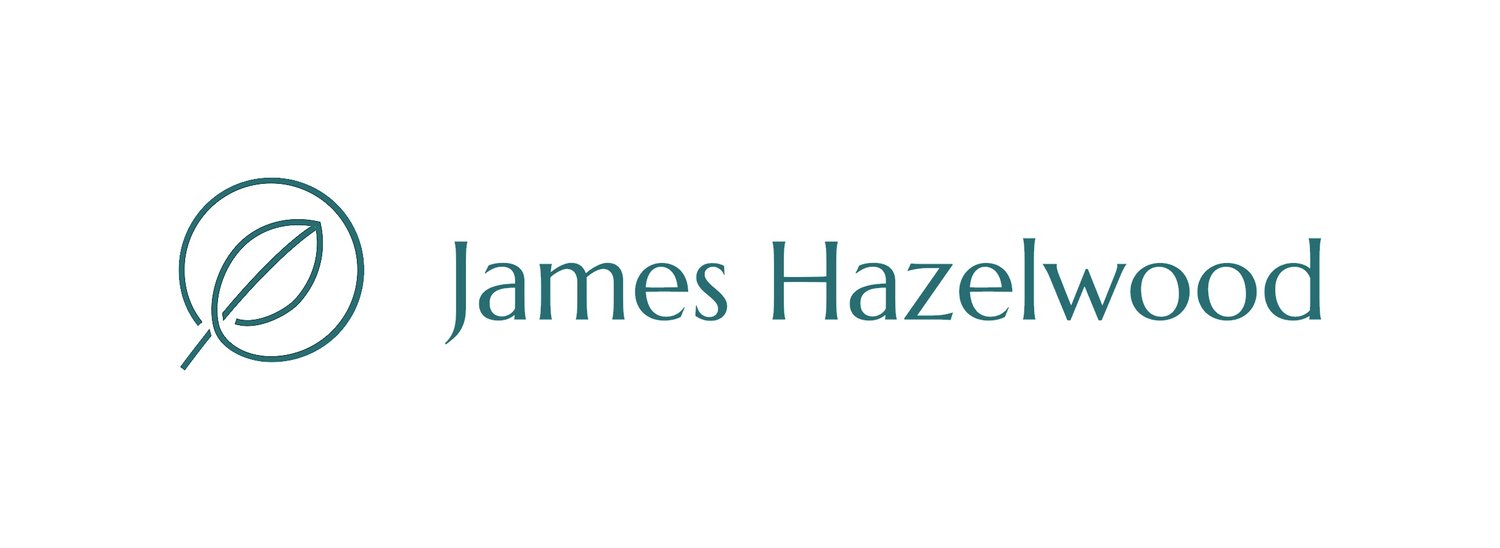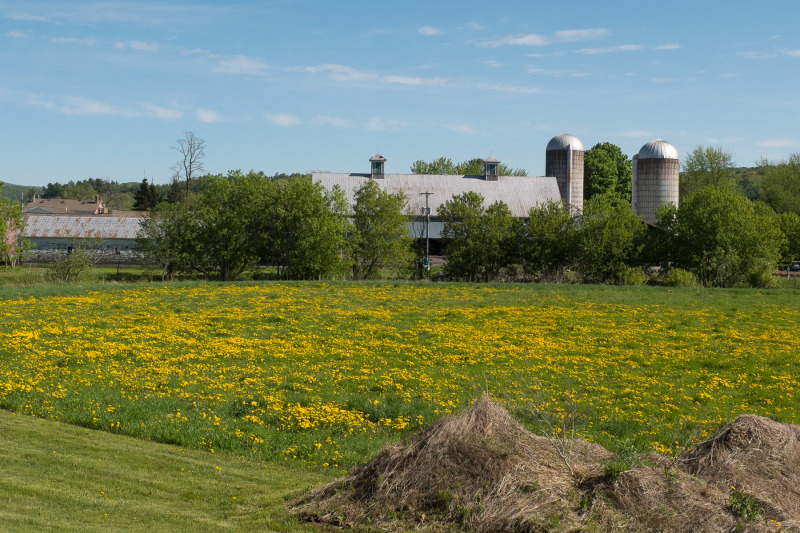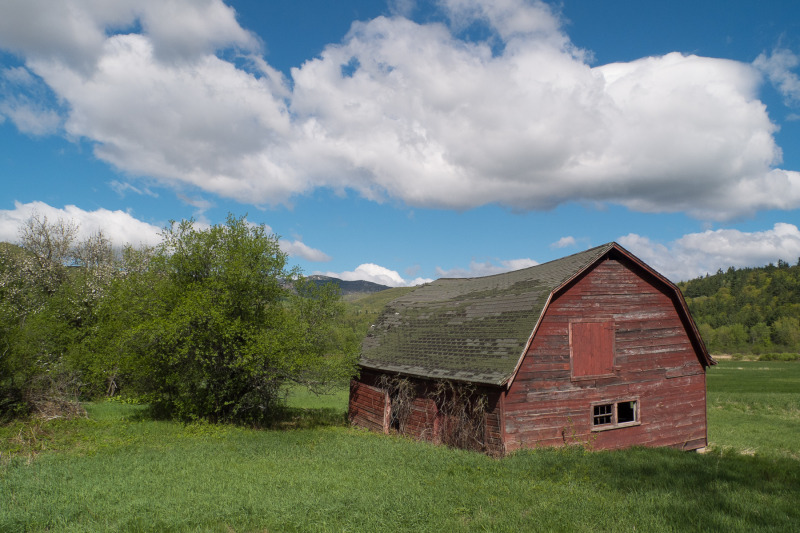Most of you who read this blog are already familiar with the rising tide of persons in North America, who define their religious affiliation as "none." I've been speaking about this phenomenon during our Regional Gatherings here in New England. The next two are scheduled for Woreceter, MA on May 4, and Rutland, VT on May 18.
As I've outlined in those presentations, we have several responses available to us as the church. Denial, Whine, Blame or Engage. The first three are unappealing to me, though I recognize they are the easier options. I prefer to engage with the challenge before us. As a parish pastor for 25 years, I regularly engaged with people who did not affiliate with a particular faith. That engagement took many forms, including conversation, surveys and friendships. In many ways it has been easy for me to engage with "nones" because I have been one. Most of you know my story of growing up unaffiliated with religion, and then being baptized at the age of 21.
I love "nones." I also love atheists, agnostics, skeptics, religiously confused, heavy doubters and light doubters. I learn as much from those conversations as I do from the best lecture by a profound theologian. Truth is I enjoy both.
I also believe that we in the church have much to learn from engagement with the nones. There is a biblical precedence for all of this; his name is Jesus. Yes, I see the tax collectors, sinners and outcasts as a form of 1st century "nones." They most likely were people who embraced their faith, but they certainly did not believe they were welcome and embraced by the church of their day.
I'm encouraging conversation with the religiously disaffiliated. While at St. Andrew Lutheran Church in Charlestown, RI, the congregation I served for the past 20 years, I made a decision to spend 25% of my time with "nones." Yup, that's right. The church was paying me a quarter of my salary to be with people who were not members (we called them partners) of the congregation. Did I take heat for that? What do you think? But, I believe it was one reason our congregation grew from 100 to 700, and even when we were in a plateaued time, we were constantly receiving guests in our worship services and other ministry programs. But, more importantly, we were engaging with people who had no or little faith connection, and we were one of the main ways these people were discovering a God who embraces, welcomes, challenges, loves and nourishes. Ministry with the "nones" is cool stuff - Jesus stuff.
So I was intrigued when I stumbled across this Facebook effort by a group encouraging congregations to consider interviewing an atheist in church on May 4. Think about it.
At this years, New England Synod Assembly, I'm inviting a group of five people who are "nones" to be a part of a conversation in front of the 500 gathered in Springfield. Think of it as an ecclesiastical Charlie Rose type interview. We'll discuss their backgrounds, life stories, and most importantly the 'whys' of their decision to not connect with a faith community. The tone of the conversation will be a humble approach. Essentially, I'm asking, "how have we in the Christian community failed to connect with you and your family and friends, and what can we do about it."
I have three people lined up so far, but I'm looking for two more. If you or a friend are a "none" and you are articulate and comfortable talking about your life and your questions, send me an email. I'm interested in speaking with you.










































